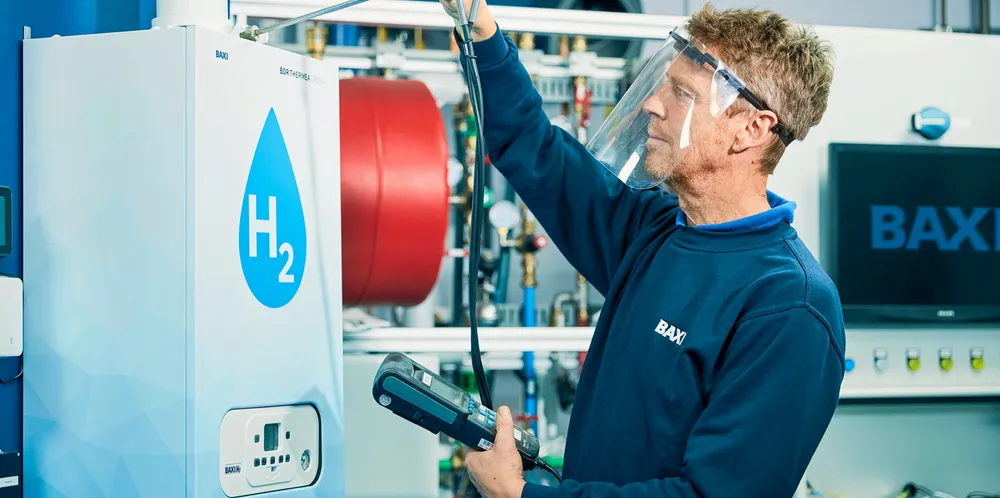‘Hydrogen for heating is not financially feasible — gas distributors need to realise their business model is dead’
There is no credible financing strategy to pay for H2 heating, especially when heat pumps would be far cheaper for consumers, says report by German think-tank Agora Energiewende
